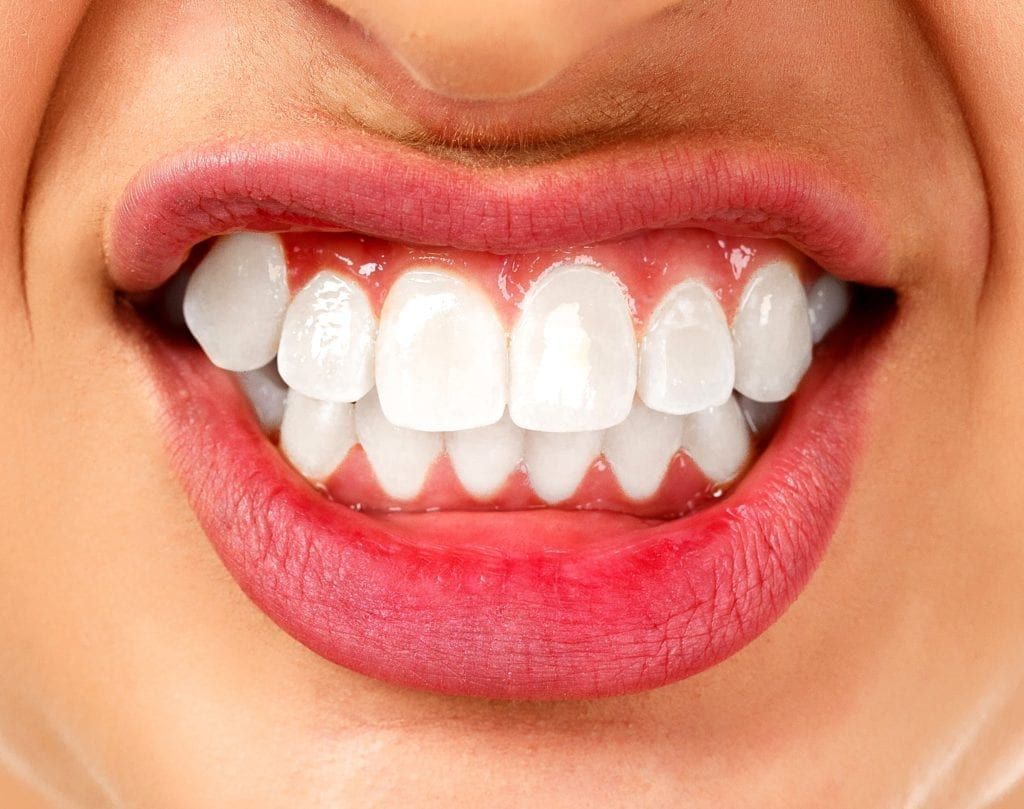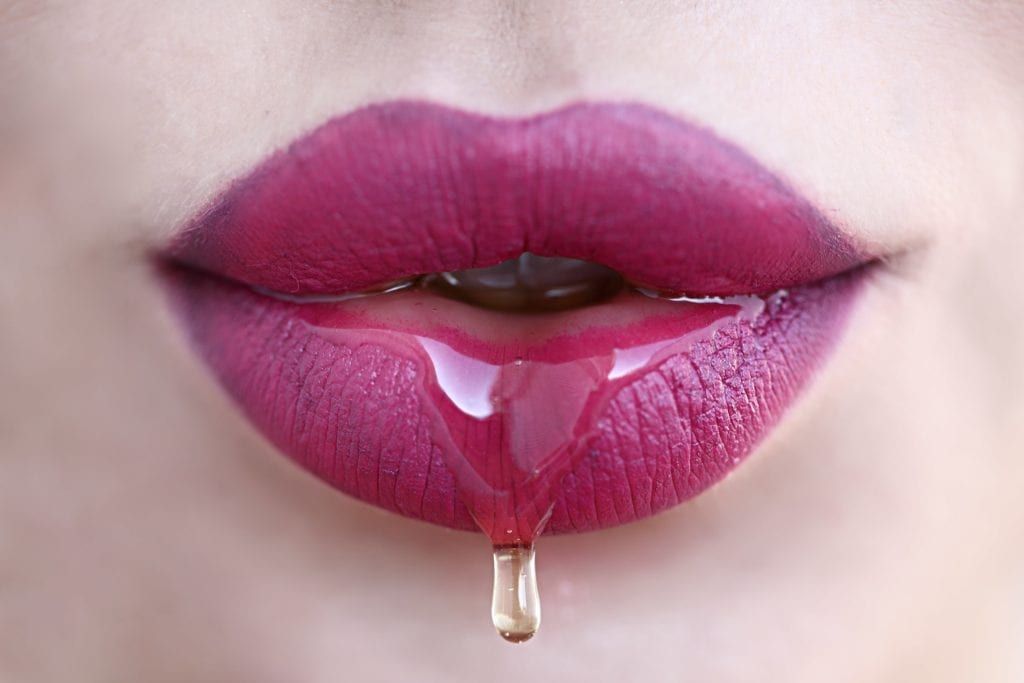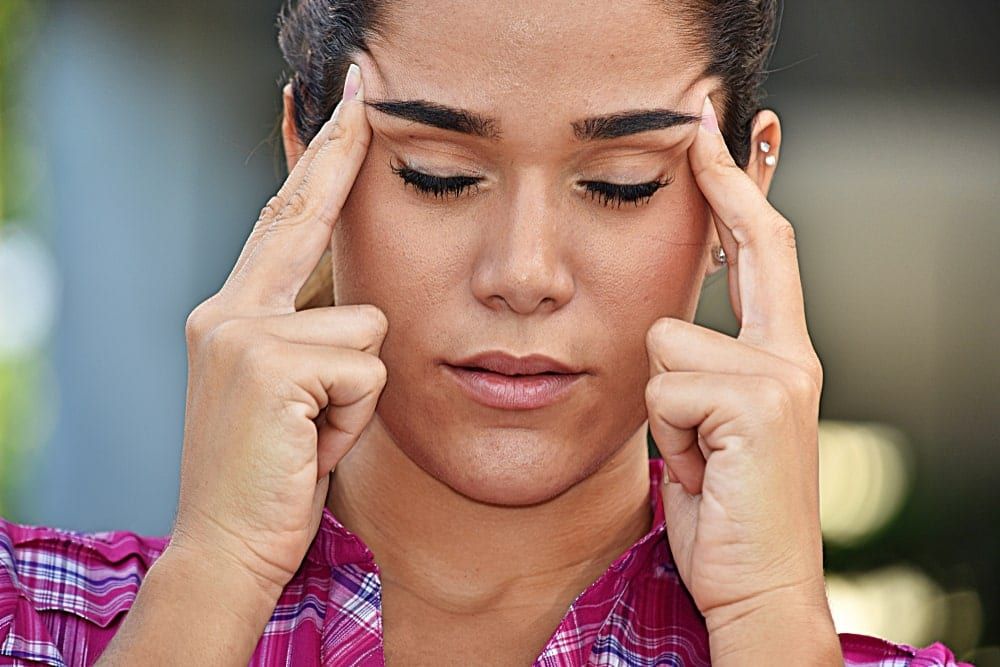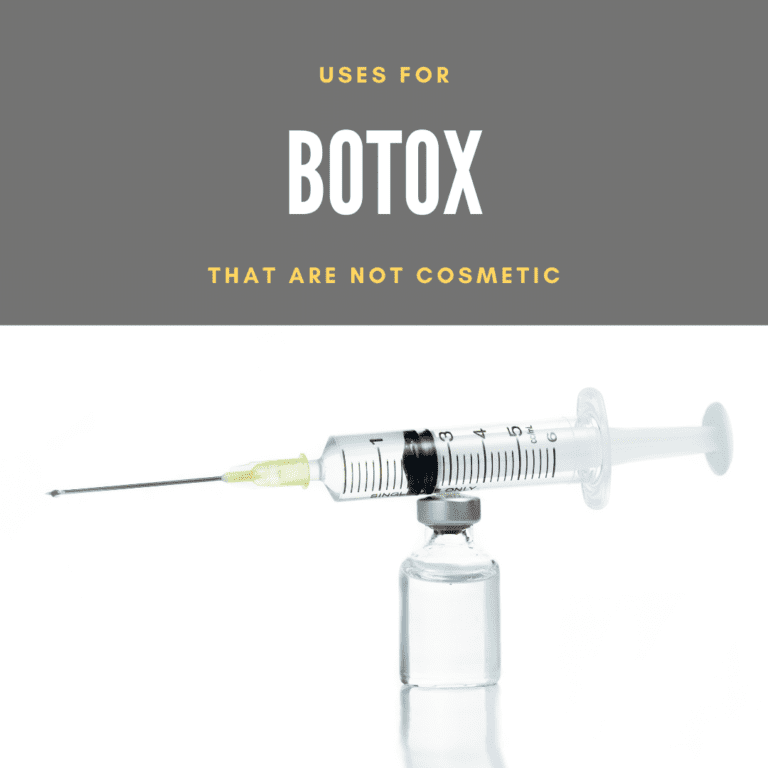When most people think of Botox, they envision smooth faces free of wrinkles. While this is certainly one of the most common uses of Botox, it is not the only use. In fact, Botox has many other applications beyond the field of cosmetics and can even be used to effectively treat a variety of medical conditions. This is because the same unique qualities that make it effective against wrinkles also make it effective in other areas of the body.
In order to understand the versatility of Botox, we must first understand what Botox is and how it works. Botox stands for botulinum toxin type A, which is produced by the bacterium Clostridium botulinum. Also this toxin is the same toxin responsible for a type of food poisoning known as botulism, in small amounts it can be beneficial to treat certain conditions. This is because Botox is a neurotoxin, meaning that it can temporarily paralyze the muscles by blocking the receptors at the neuromuscular junction, or place where the nerves communicate with the muscles.
When used cosmetically, Botox paralyzes the facial muscles that cause wrinkles, which reduces the appearance of wrinkles. Since Botox interrupts the neuromuscular junction to paralyze muscles, it is beneficial for the treatment of medical conditions due to muscle spasms. This is why it can be used to treat a variety of medical conditions such as:
Blepharospasm
Blepharospasm is a movement disorder of the eyelids characterized by eyelid spasms and droopy eyelids. It occurs when the part of the brain that controls the eyelids (basal ganglia) sends too many signals to the muscles, which causes them to be in constant spasm. When Botox is injected, it interrupts the signals and simply paralyzes the muscle so that it can no longer spasm.
Bruxism

Bruxism, also known as teeth grinding or clenching, is an unconscious behavior that occurs while sleeping. Not only can bruxism be damaging to the teeth, but it can also lead to temporomandibular joint disorder (TMD). Botox can be injected just below your cheekbone, your forehead, and your temples in order to relax those muscles and reduce the ability to clench your teeth together.
Dystonia
Dystonia is a movement disorder that causes uncontrollable muscle contractions in one muscle, a muscle group, or the entire body. Depending on the severity and the area affected, dystonia can cause repetitive movements or abnormal postures. By injection Botox into the affected muscles, it helps to relax the muscles so that repetitive movements cease and posture can return to normal.
Drooling

Drooling, or sialorrhea, occurs when the salivary glands are producing an excessive amount of saliva. It is commonly observed in children with cerebral palsy, or in adults with Parkinson’s disease, or who have suffered a stroke. By injecting Botox into the salivary glands, this decreases the amount of saliva production so that it stays at a “normal” level. Reducing the amount of saliva produced should also reduce the frequency of drooling.
Hyperhidrosis
Hyperhidrosis, or excessive sweating of the hands, feet, head, face, or underarms that occurs when the nerve sends too many signals to the sweat glands. By injecting Botox into the affected nerve, it prevents the nerve from sending signals to the sweat glands and prevents sweating. Although the body will still sweat, the localized area that received the Botox will not.
Migraines

Migraines are characterized by severe head pain, sensitivity to light or sound, and nausea. Botox can be used to treat migraine headaches by being injected into the temples on the back of the neck and the base of the head, as well as between the eyebrows. Once injected, Botox helps to relax these muscles and provide relief from chronic migraines.
Spasmodic Dysphonia
Spasmodic dysphonia is a neurological condition that makes the vocal cords sound shaky, hoarse, or strained. This is due to abnormal brain signals that cause spasms in the vocal cords. Therefore, Botox injections can be used to reduce the spasms and smooth the sound out.
Spasticity
Spasticity is a neurological condition that causes the muscles to tighten or stiffen, restricting natural movement. This prevents the muscles from being able to stretch, which affects movement, speech, and gait. Using Botox on the affected muscles helps them to relax in order to restore fluid movement and improved speech.
Strabismus
Strabismus, or crossed eyes, can occur as a result of trauma or a congenital issue. Although this condition can be treated surgically, Botox allows for a minimally invasive treatment that yields similar results albeit temporary.

Dr. Kashouty, a diplomate of the American Board of Psychiatry and Neurology (ABPN), practices general neurology with fellowship trained specialization in clinical neurophysiology. Dr. Kashouty finds the form and function of the nerves and muscles the most interesting part of neurology, which is what led him to specialize in neurophysiology with more emphasis on neuromuscular conditions. He treats all neurological diseases, but his main focus is to treat and manage headaches, movement disorders and neuromuscular diseases.




